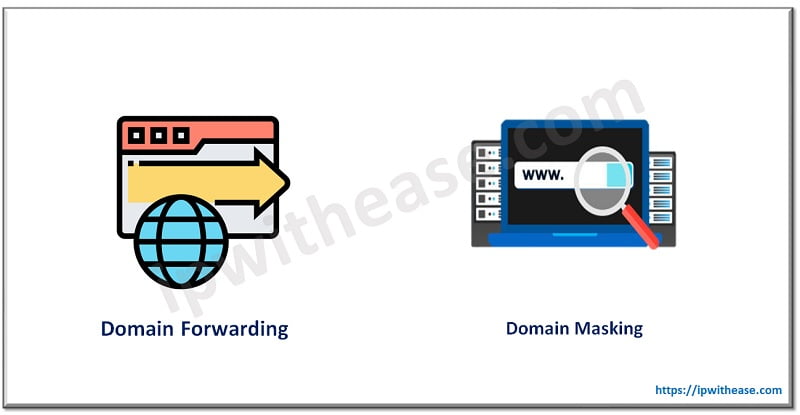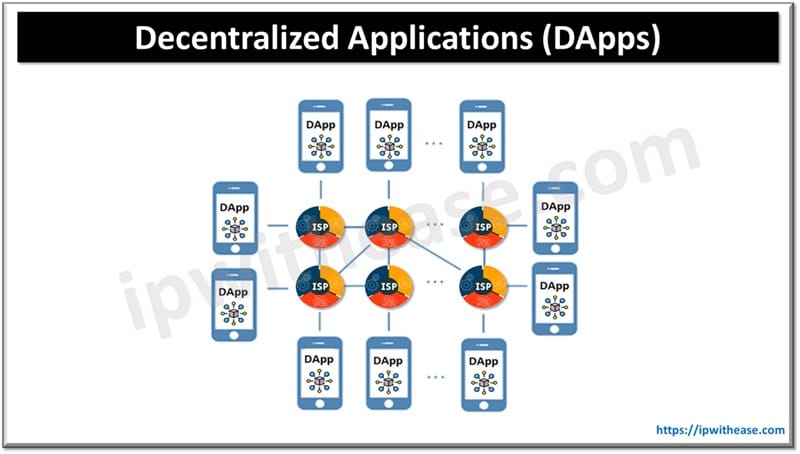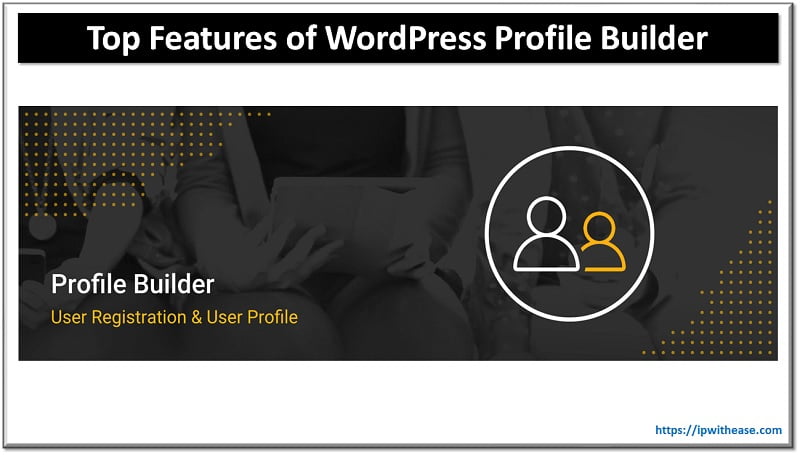Domain forwarding and domain masking are terms you might have encountered before, but what do they actually mean, and how do they differ from one another?
Here’s a look at the ins and outs of each, and a discussion over which is the right choice for your website’s needs.
Understanding the Basics: What Is Domain Forwarding?
Domain forwarding is an important tool to redirect visitors from one website address to another. For instance, if you own multiple domains, domain forwarding helps you guide all your audience to a single destination site. Think of it like postal mail redirection where letters addressed to your old home are sent automatically to your new residence.
Similarly, any user who types in or clicks on your supplementary web addresses lands onto the same main webpage you’ve set for redirection. It’s simple yet effective if you want to increase traffic. However, like every other technology feature, this too requires thoughtful implementation.
Exploring Domain Masking: A Comprehensive Overview
Domain masking is a tad more complex than forwarding. When you mask a domain, your visitors are directed to another site but with an interesting twist. Even though they are technically on a different webpage, what they see in their browser’s address bar remains unchanged, so it shows the original URL they typed or clicked.
If you compare this with our postal mail analogy used earlier, it’s like someone has moved houses without changing their mailing information or alerting others about the move. Mail addressed to them still arrives at their old place even when they reside elsewhere.
So while users access content from one web address, the interface displays another web address. It allows you to maintain brand consistency and ensure visitor comfort, among other benefits, as we’ll get into later on. In combination with other digital marketing tools, it could take your site to the next level.

The Core Differences Between Domain Forwarding and Domain Masking
Now that you have an understanding of both methodologies, it’s essential to differentiate between domain forwarding and domain masking. Here are the key divergences:
- Visibility: With domain forwarding, users can clearly see when they’re taken from your additional domains to the main website. In contrast, a masked site retains its URL in the browser bar even after redirecting to another webpage.
- SEO impact: If not done carefully, masked domain forwarding may cause duplication issues affecting search engine optimization (SEO). On the contrary, well implemented forwarding has less risk of this happening.
- Application: You’d choose normal redirections normally for brand management across multiple domains while opting for masked ones where maintaining identity consistency is critical.
Understanding these aspects will allow you to use either according to specific needs within your web strategy.
Pros and Cons of Using Domain Forwarding
Assembled below are some benefits and potential drawbacks associated with domain forwarding you need to keep in mind, expanding upon a couple of points we’ve touched on earlier.
Benefits:
- Brand consolidation: You can manage several domains, even with different popular TLDs (like .com, .org, etc.), redirecting them all to a central website.
- Simplicity: It’s quite uncomplicated to set up from your registrar’s control panel.
Drawbacks:
- User confusion: If redirection happens too quickly or unexpectedly, users might find it disorientating.
- Impact on analytics: Each redirection is treated as a new session by Google Analytics. This fragmentation in data could make insights less clear than you’d like them to be.
Weighing the pros against the cons based on your brand needs will assist you in deciding whether domain forwarding should form part of your overall web strategy.
When to Use Domain Masking: Advantages and Drawbacks
Now let’s go over the potential pros and cons when using domain masking, reaffirming points discussed above and adding some new talking points.
Advantages:
- Brand consistency: Your users will see the same URL, despite being on a substituted webpage. This retention upholds your brand image across diverse web addresses.
- Visitor comfort: If you have changed pages or websites, masking can provide familiarity for your visitors.
Drawbacks:
- Search engine confusion: Since search engines could get disoriented by masked URLs, they might score poorly in terms of SEO rank.
- Potential trust issues: Some cautious users may view masked URLs as potentially deceptive if they notice different content showing under one address name.
Considering these points prior to implementation ensures that domain masking serves its purpose without causing unintended negative impacts on visitor experience or brand reputation.
Wrapping Up
In short, choosing between domain forwarding and domain masking depends largely on your specific requirements. Use domain forwarding when you wish to manage multiple domains under a single webpage while preserving transparency, or go with domain masking when maintaining brand consistency is vital.
Always remember that each case requires thoughtful planning to minimize any potential drawbacks like confusing users or affecting your search ranking. In the end, choose the option which best aligns with your web strategy and user expectations.
Continue Reading:
What is DNS (Domain Name System)?
What’s the Difference Between .Com and .Net Domain Extensions?
ABOUT THE AUTHOR
IPwithease is aimed at sharing knowledge across varied domains like Network, Security, Virtualization, Software, Wireless, etc.



